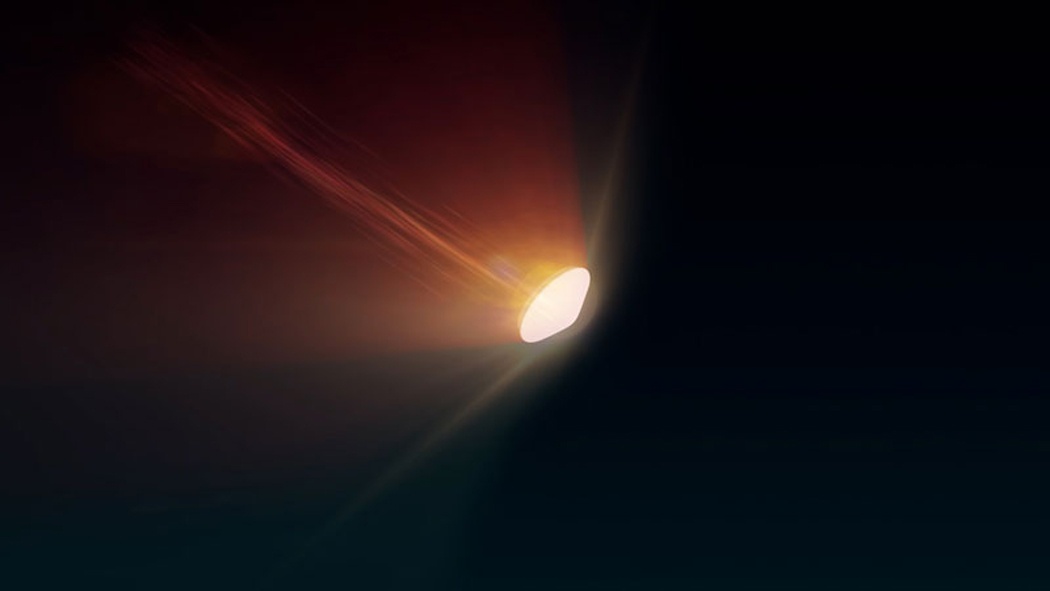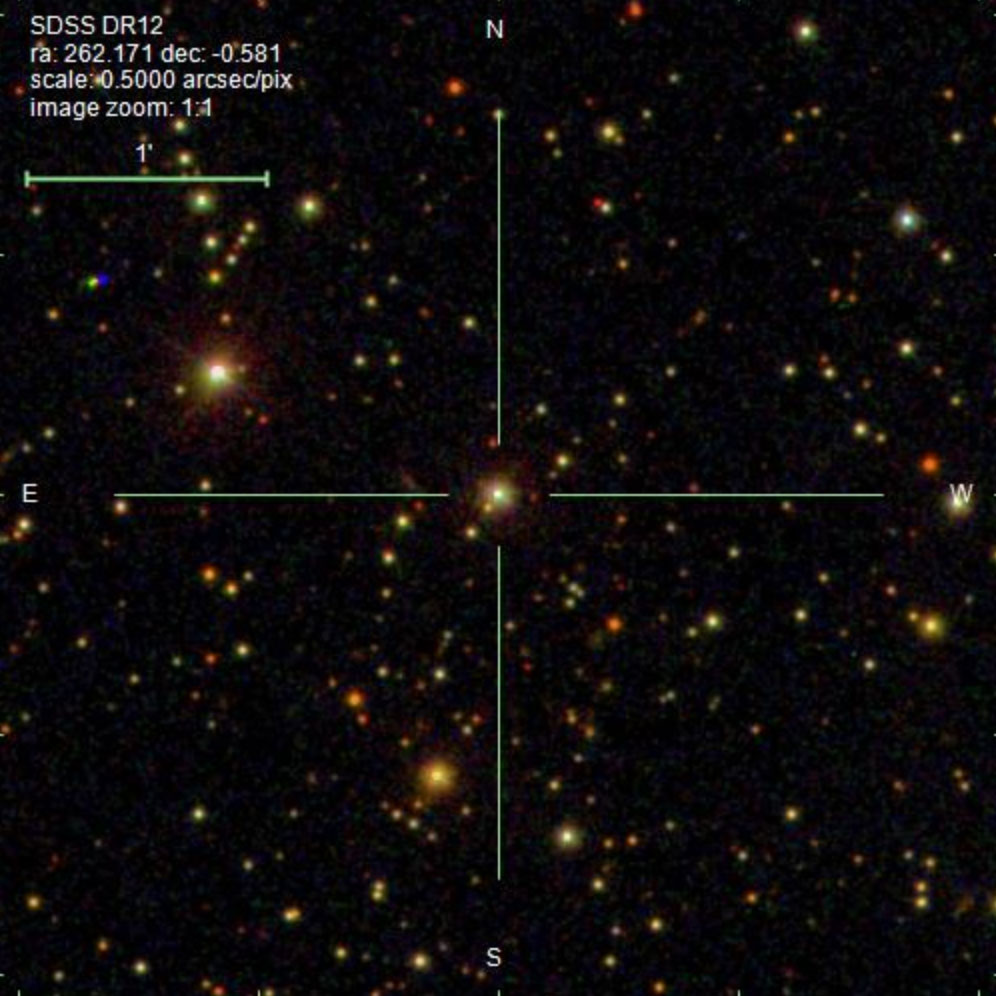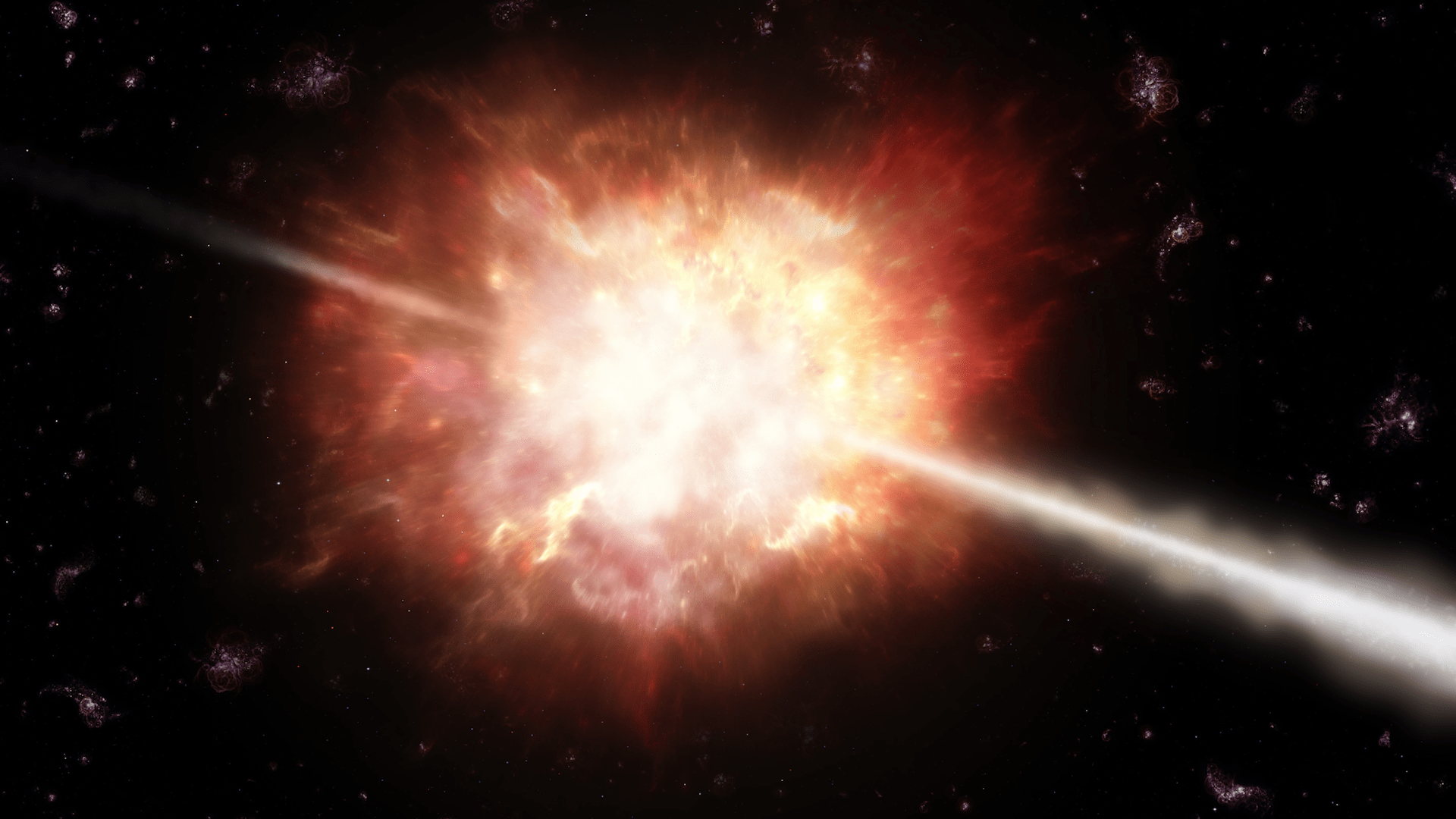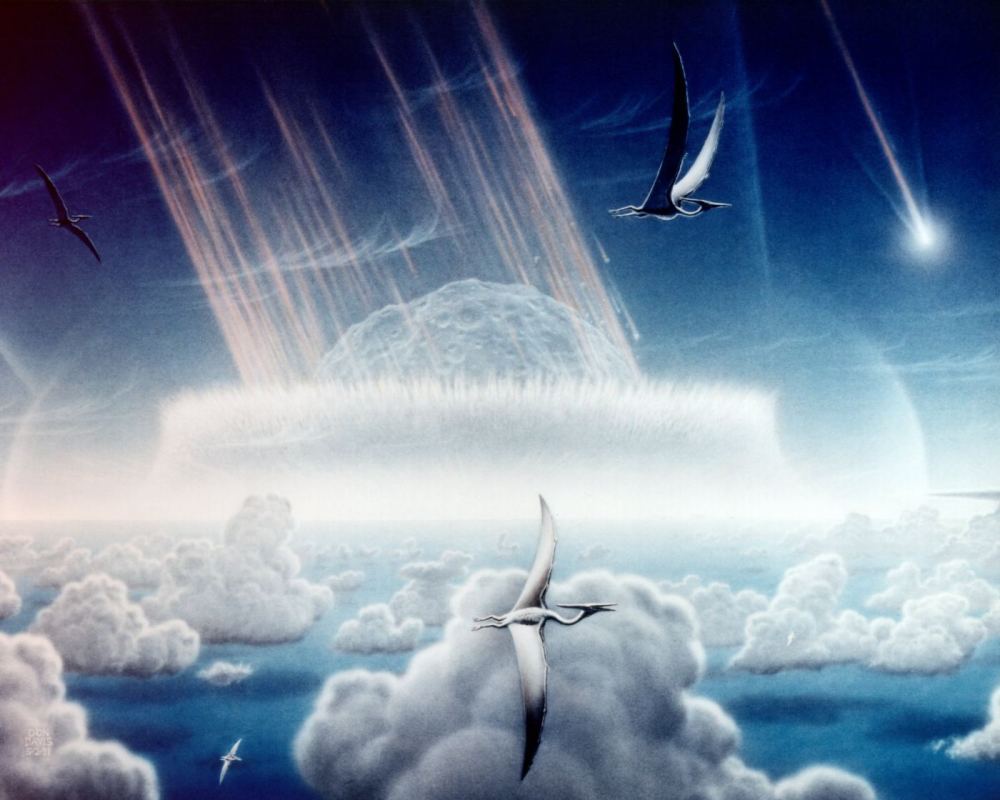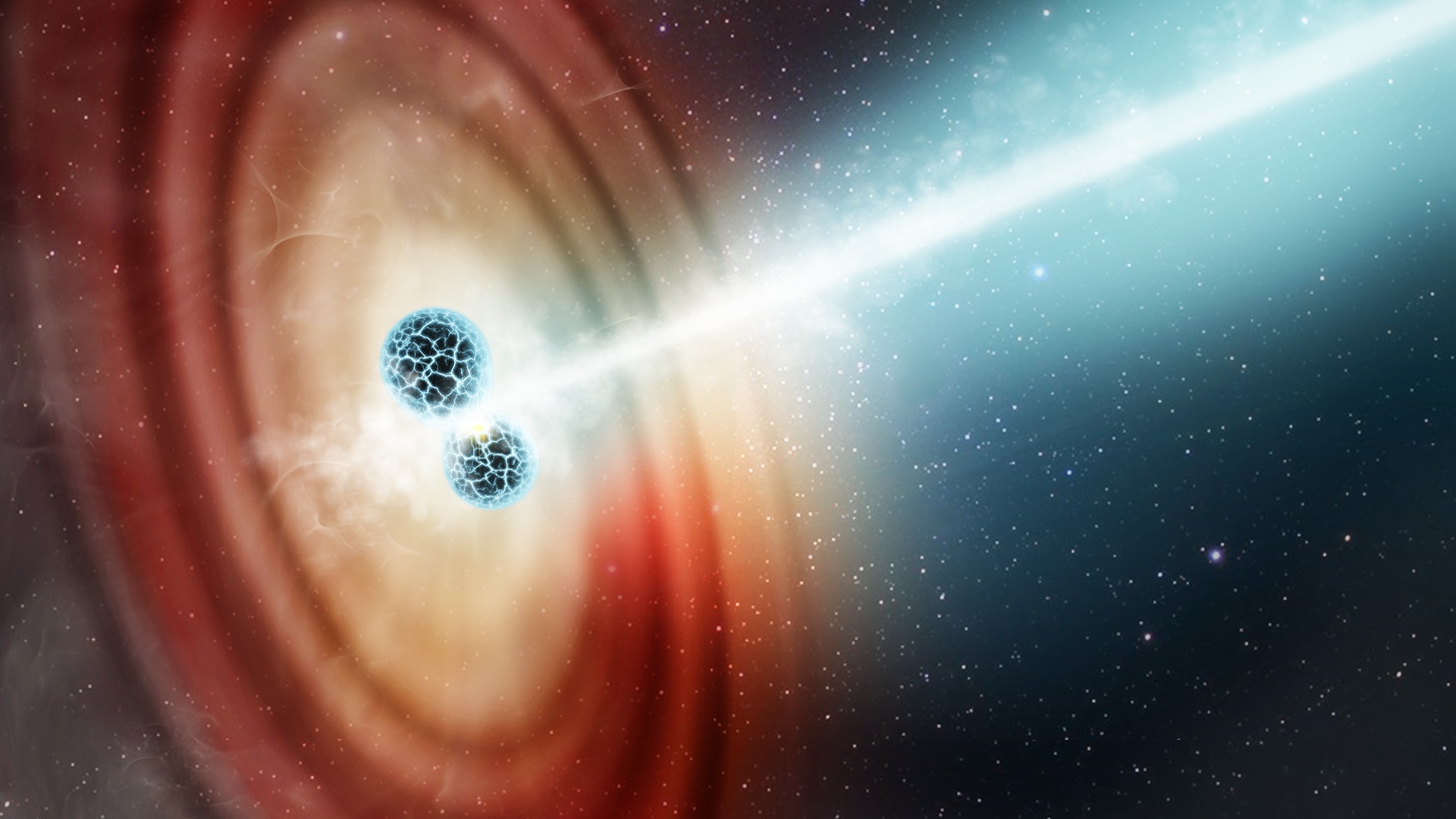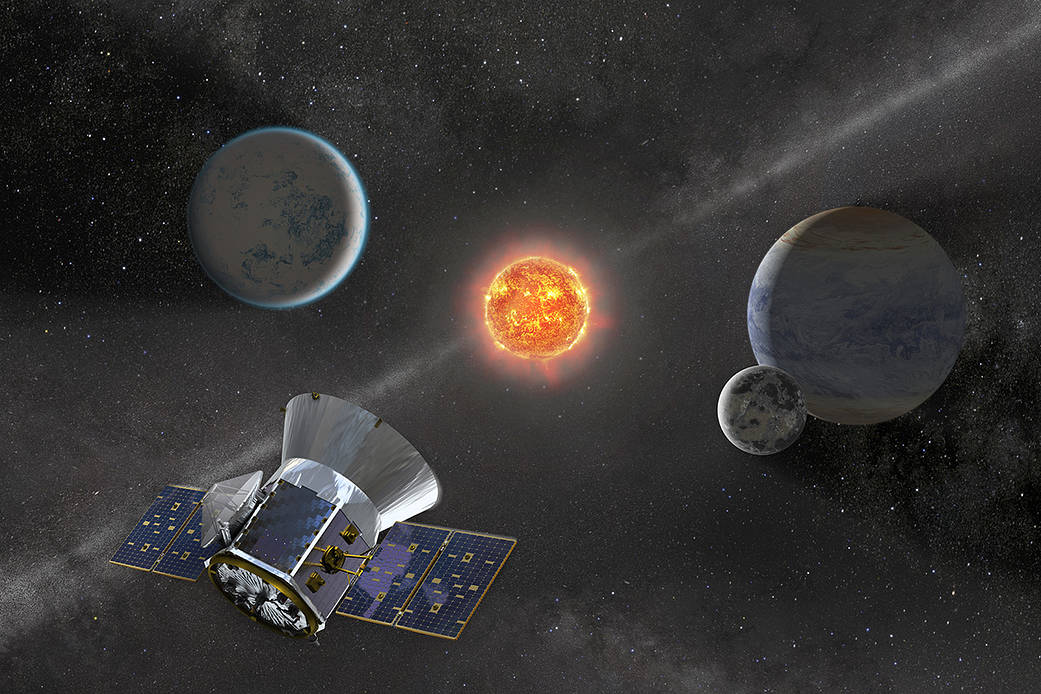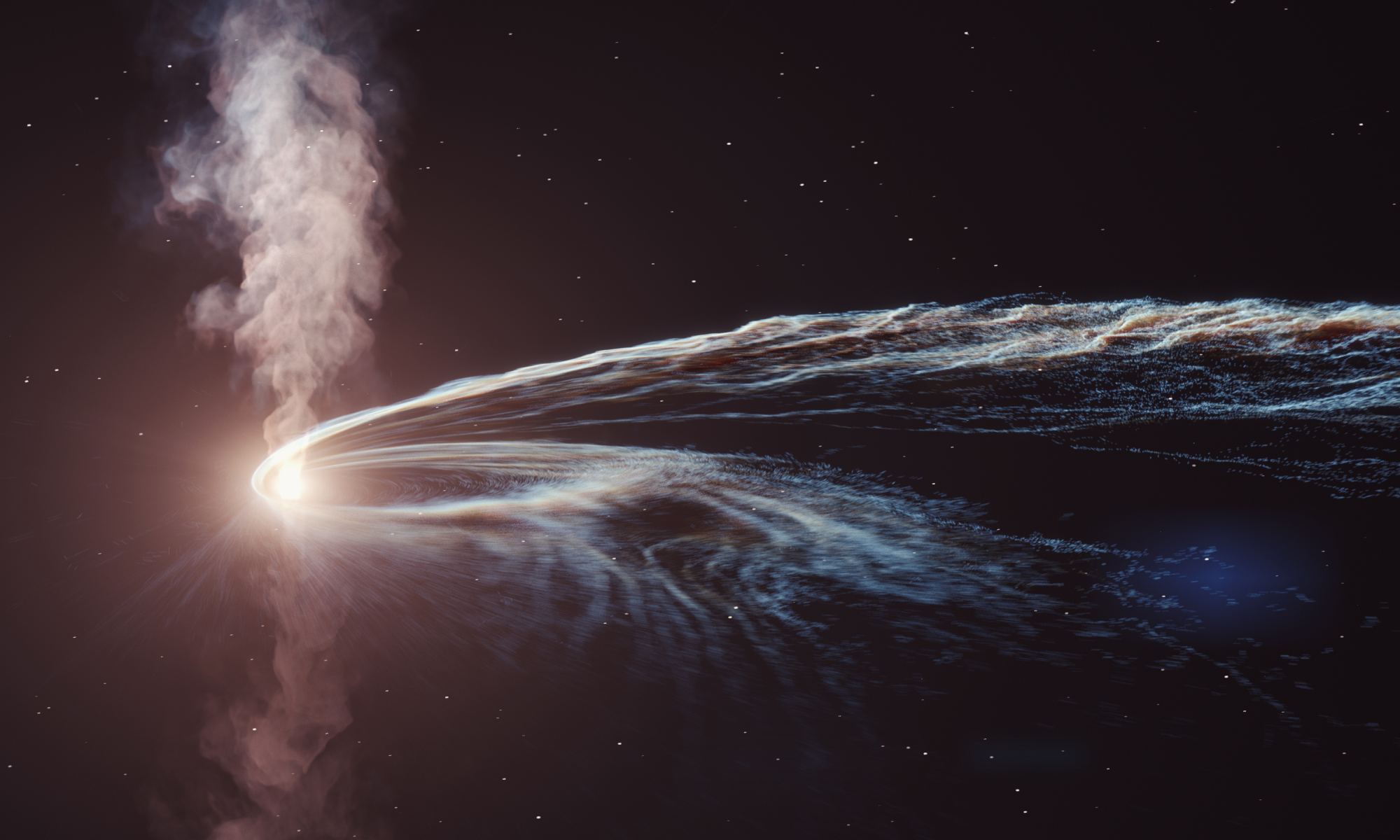In a few years, NASA and the ESA will conduct the long-awaited Mars Sample Return (MSR) mission. This mission will consist of a lander that will pick up the samples, an ascent vehicle that will send them to orbit, an orbiter that will return them to Earth, and an entry vehicle that will send them to the surface. This will be the first time samples obtained directly from Mars will be returned to Earth for analysis. The research this will enable is expected to yield new insights into the history of Mars and how it evolved to become what we see today.
Returning these samples safely to Earth requires that protective measures be implemented at every step, including transfer, ascent, transit, and re-entry. This is especially true when it comes to the Earth Entry System (EES), the disk-shaped vehicle that will re-enter Earth’s atmosphere at the end of the mission. In addition to a heat shield, engineers at NASA’s White Sands Test Facility (WSTF) near Las Cruces, New Mexico, are busy testing shielding that will protect the vehicle from micrometeorites and space debris during transit back to Earth and during re-entry.
Continue reading “Samples Returned From Mars Will be Protected by a Micrometeorite Shield”
